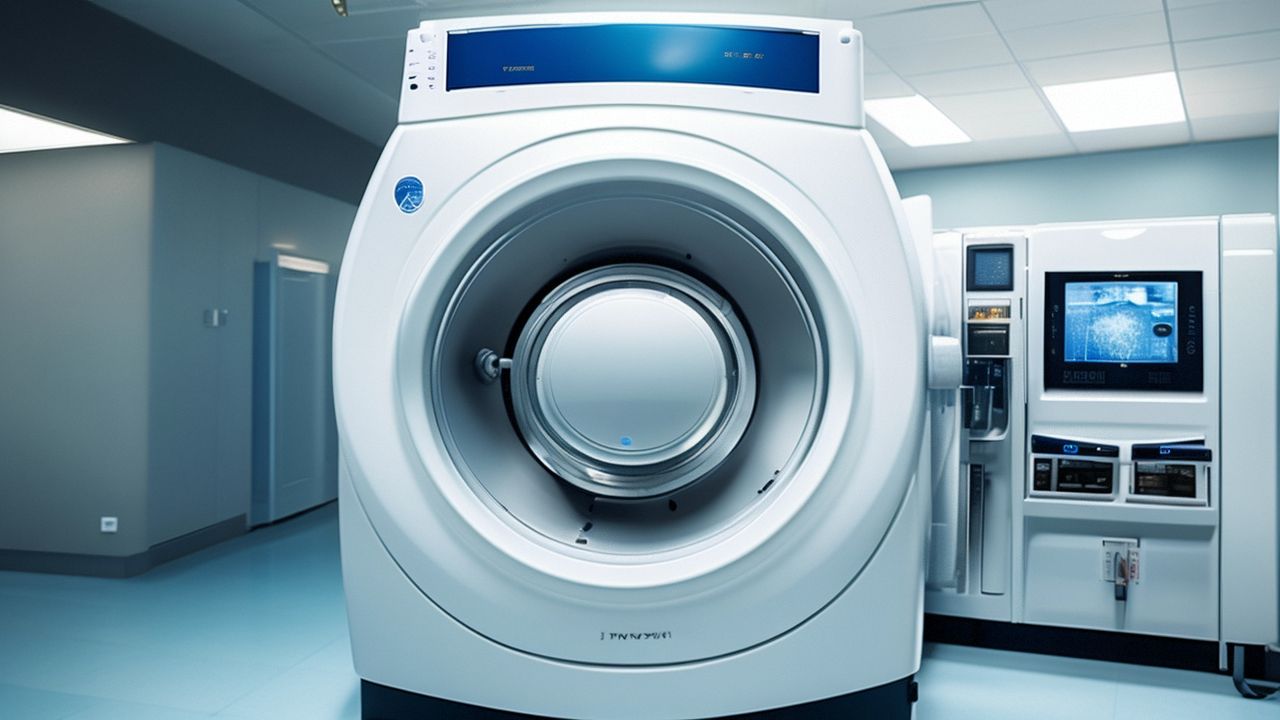Does household labor and blood washing therapy work?
Is “blood washing therapy” effective for lowering blood lipids?
Today, living in superior conditions has cultivated a large group of lazy urbanites. People follow the rule of seeking the best in food, but are afraid of necessary exercise. However, good eating and drinking lead to a bigger waistline and naturally higher blood lipids. Therefore, therapies like colon cleansing and blood washing have emerged. It is said that the most popular therapy now is “blood washing”. The high price cannot stop people’s enthusiasm for lowering blood lipids, and long queues have formed just days after the business opened. Those who love food and refuse exercise feel blessed, but the experts’ recommendations are quite different from this.
Experts believe that blood washing for lipid reduction is not advisable. The so-called “blood washing therapy” involves pumping a patient’s blood at a rate of 1 ml per second into a device called a “lipid separation system”. The blood is then separated into blood cells and plasma, with the blood cells returned to the body and the plasma sent to a filter. By filtering, harmful substances such as low-density lipoprotein in the plasma are filtered out to achieve the purpose of lowering blood lipids. The entire process takes 3 to 4 hours.

In fact, the “blood washing therapy” is only suitable for patients with high blood lipid levels that are more than twice the normal level, those who cannot reduce blood lipids through medication, or those with severe adverse reactions and significant harm to the body, as well as those who frequently experience dizziness and blurred vision.
However, some cardiologists believe that using blood washing methods to lower blood lipids is only suitable for patients with genetic hypercholesterolemia, which has a incidence rate of only one in ten thousand. This means that most people are not suitable for using this method to lower blood lipids. Moreover, occasional blood washing for general hyperlipidemia patients cannot achieve the effect of lowering blood lipids.
Experts say that blood washing may also cause some adverse reactions, such as washing away beneficial high-density lipoprotein and immunoglobulin along with harmful low-density lipoprotein, and may also cause allergic reactions. Therefore, experts emphasize that regulating blood lipids cannot be lazy. Only by following a certain lifestyle and drug control can blood lipids be safely lowered.
Blood washing therapy in the United States
Blood washing therapy, known more formally as therapeutic apheresis, remains a vital medical procedure in the United States. This technique involves the selective removal, treatment, and subsequent return of specific components from a patient’s blood, targeting conditions ranging from autoimmune disorders to neurological diseases and blood disorders. The market for this therapy in the U.S. continues to be substantial, driven by the escalating incidence of chronic diseases such as multiple sclerosis and lupus, which require innovative treatments to modify or eliminate harmful blood components.
Advances in technology have played a pivotal role in enhancing the safety, efficiency, and efficacy of apheresis procedures, making them both more accessible and appealing to patients and healthcare providers alike. Moreover, the expanding applications of therapeutic apheresis, as new research uncovers additional uses for the procedure, have contributed to an increased demand for these services. Regulatory approvals from the U.S. Food and Drug Administration (FDA) for new indications of apheresis devices and procedures also fuel market growth.
The robust healthcare infrastructure in the United States, characterized by well-equipped hospitals and specialized clinics, supports the delivery of advanced therapies like apheresis. Additionally, the fact that many insurance providers cover therapeutic apheresis makes the treatment financially accessible to a broader patient base.
While the COVID-19 pandemic may have introduced temporary disruptions to medical services, the long-term prospects for blood washing therapy in the U.S. market are optimistic. As the population continues to age and the prevalence of chronic diseases rises, the need for effective treatments such as therapeutic apheresis is expected to increase. Ongoing research and development in the field are likely to further expand the market for blood washing therapy, ensuring its continued relevance and growth in the years to come.
Does household labor help lower blood lipid levels?
Patients with high blood lipid levels should pay attention to labor, as household labor not only cultivates and exercises willpower and endurance, but also has a good lipid-lowering and weight-loss effect with long-term practice. In particular, men should do more household chores, as they can also promote family harmony and a broad-minded attitude. For middle-aged and elderly patients with high blood lipid levels, the amount of household labor should be appropriate, and older people should not be overworked; they should do things within their ability and stop when necessary.
In addition, regularly participating in physical exercise or labor activities is essential for patients with high blood lipid levels. It is highly alert that they should avoid sitting, standing, walking, lying down, and squatting for extended periods. In a normal working, studying, and laboring environment, they should insist on doing a physical exercise twice a day, such as broadcasting gymnastics (or work break exercises). This exercise is of great significance and will bring considerable benefits if continued year-round.




